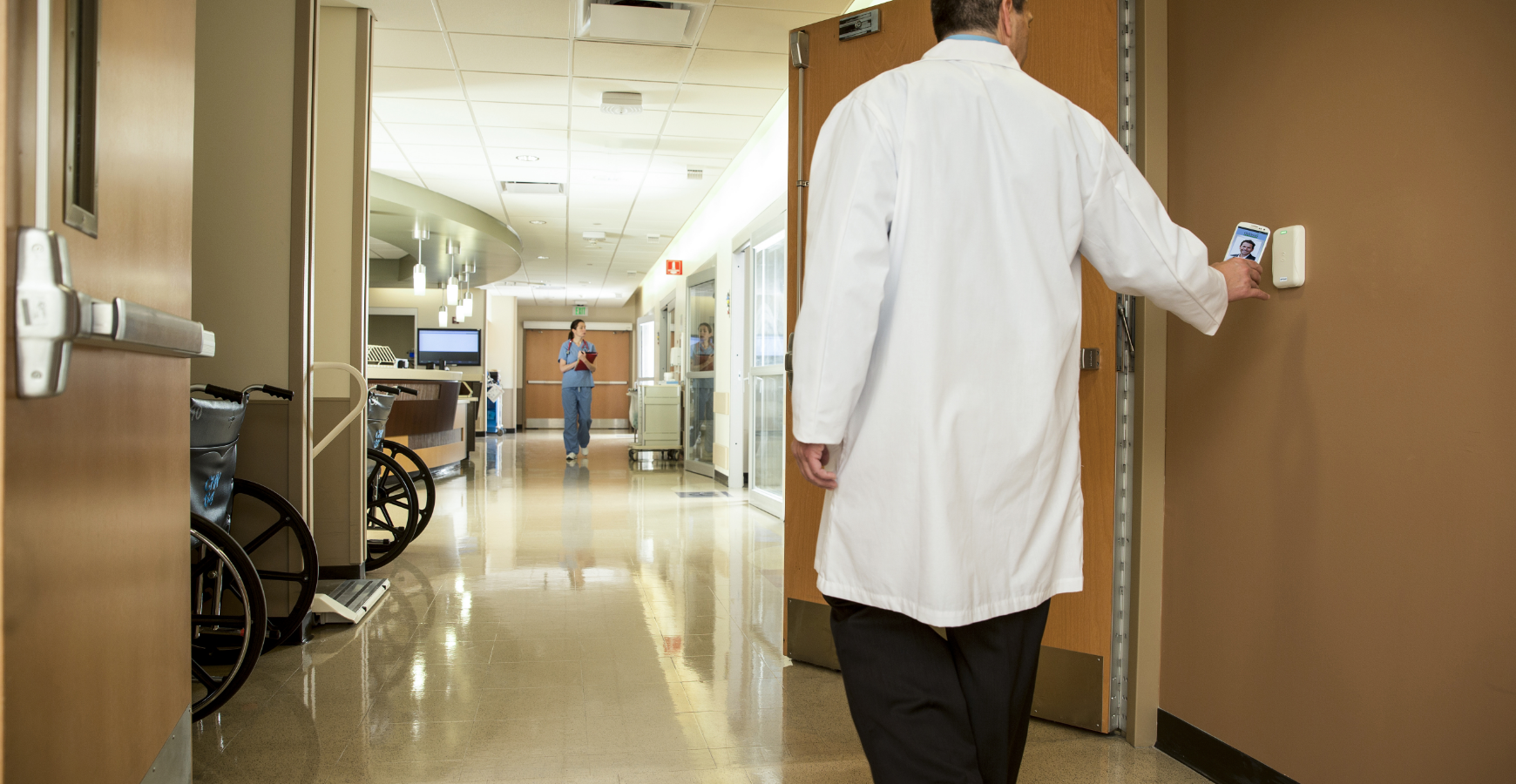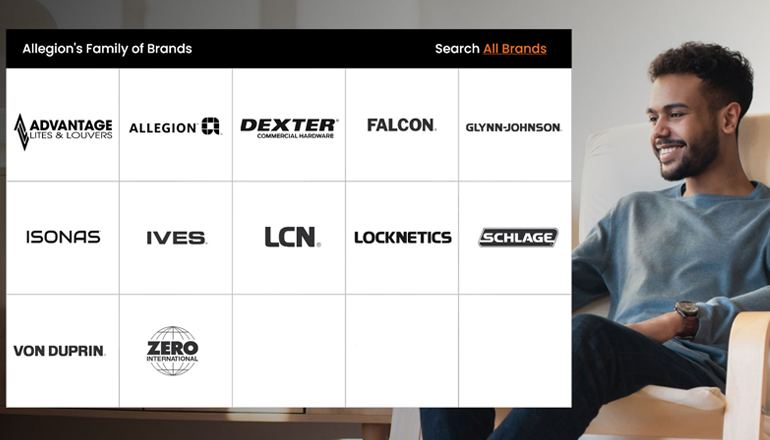“Little did I know, he was planning on retiring and this was going to be his ‘swan song,’ converting to contactless technology,” said McKenna. “After that conversation, we began the transition away from mag stripe.”
Get tips for evaluating campus card options.
Solution: A secure, superior credential experience
“We were in the right place at the right time when the opportunity for mobile credentials came around,” said McKenna.
As his team was planning to say goodbye to mag stripe for contactless smart cards, CBORD approached him with a new opportunity—one that would improve security while also providing a superior student experience: Mobile student IDs in the Apple Wallet.
The digital solution uses the industry-leading global standard NXP DESFire EV1 security technology for the enablement of contactless student IDs for iPhone and Apple Watch. Using NFC, the user experience is seamless and secure. NFC is ideally suited for higher education campuses because it mimics the experience of a typical student ID—the smartphone is presented within a few inches of the reader for authentication. There’s no need to unlock the phone or use a mobile application.
“We were extremely excited when we heard about the availability to add the CATcard to the Apple wallet,” said McKenna. “Our department likes to be an innovator and keep our campus program current with whatever technologies that can make life on campus easier. The safety and convenience of having your CATcard on your iPhone or Apple watch was too hard to ignore.”
With the mobile student ID, UVM students, faculty and staff would enjoy the convenience of using their phones for everyday transactions and access on campus. And McKenna would have comfort knowing the technology was encrypted. Now, the only question was how they would get from their current state to mobile.
The path to mobile credentials
Originally, before the idea of mobile was realized, McKenna and his team had planned on a slow implementation of contactless technology on campus. “We were in the process of updating a couple of our residence halls that we wanted to immediately convert to contactless using multi-technology cards and readers.”
Then the mobile opportunity presented itself. To implement the mobile solution using the Apple Wallet, McKenna and his team had to develop a plan to achieve a 100 percent use case, which means that anywhere a student could use a physical student ID card, they need to be able to use their mobile credential.
“One thing to note about the 100 percent use case is that at first it can seem like a big challenge, or even a burden,” said McKenna. “But it’s actually a benefit to the school. When everything is converted, students can use their phone everywhere. Otherwise they would need to use their phone here, their card there. How would they remember? If they can use their card everywhere, but their phone only some places, they might end up preferencing the card over their devices because it’s guaranteed to work. That isn’t good for adoption or the user experience.”
The CATcard team shot for 100 percent but didn’t quite hit it. They couldn’t get the city to convert the buses to the new technology, which was understandable since the city and other local colleges were still using mag stripe when UVM prepared to launch this program.





































